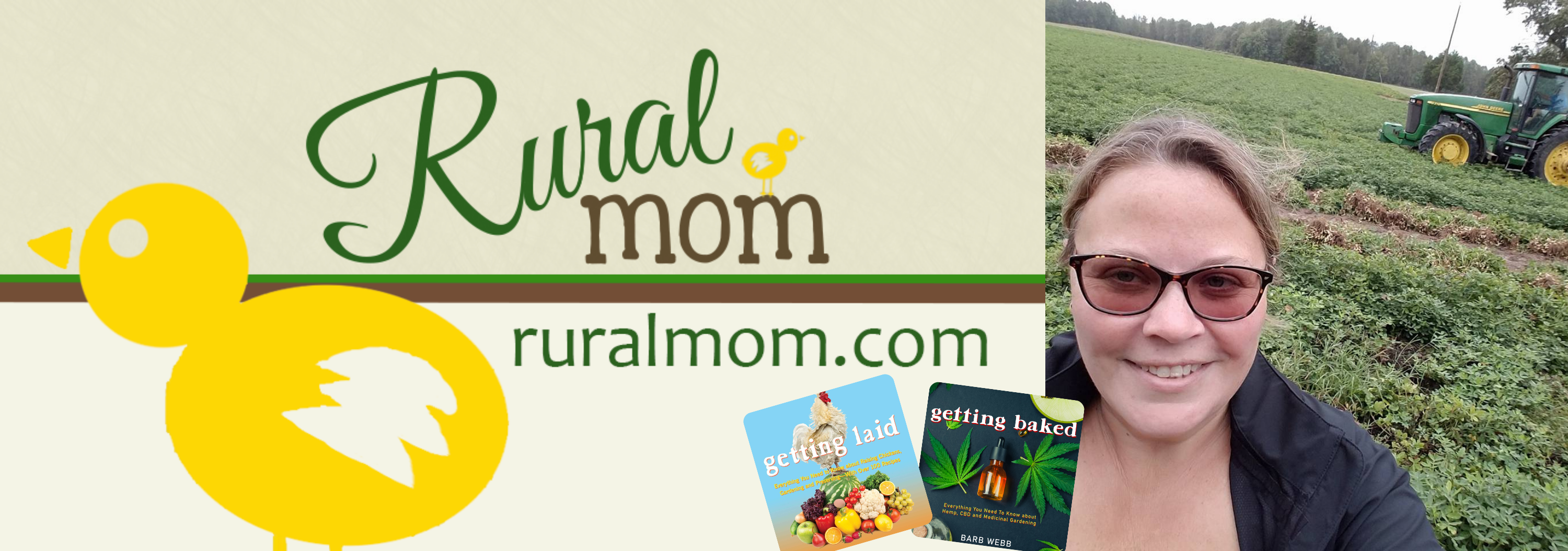Winter might feel like nature’s nap time, but beneath the surface, your soil is quietly reorganizing, rebuilding, and preparing for the next burst of life. With just a few simple steps, you can use the colder months to “feed” your soil so it wakes up rich, loose, and full of nutrients when spring planting rolls around. Here are some tried-and-true ways to strengthen your garden beds during the off-season.
1. Blanket Your Beds With Organic Mulch
A thick layer of mulch—think shredded leaves, straw, pine needles, or last summer’s grass clippings helps protect soil from erosion, compaction, and harsh temperature swings. As it breaks down, it adds organic matter and fosters the microbial activity your plants crave come spring.
2. Plant a Winter Cover Crop
Cover crops like winter rye, crimson clover, Austrian winter peas, or hairy vetch act like a living shield. They prevent nutrient loss, suppress weeds, and improve soil structure. Come spring, you can chop-and-drop them into the soil for a natural green manure boost.
3. Add Compost Now (Even If It’s Not Finished)
Late fall and early winter are great times to spread semi-finished compost. The microbes in your soil will continue breaking it down over the cold months, allowing nutrients to mellow and integrate. By spring, it’s garden gold.
4. Protect Bare Ground
If you don’t want to plant a cover crop, at least avoid leaving soil naked. Even a simple layer of cardboard topped with straw keeps winter winds and rains from washing precious nutrients away.
5. Tuck in Some Worm Food
Kitchen scraps like coffee grounds, vegetable peels, and crushed eggshells can be buried directly in trenches between garden rows before the ground freezes. Worms will find them, break them down, and enrich the surrounding soil all winter long.
6. Test Your Soil and Amend Early
Winter is a perfect time to review a soil test and work in slow-release amendments like bone meal, rock phosphate, greensand, or lime. These take months to fully integrate, so applying them now lets them settle in before spring planting.
7. Try Sheet Mulching for New Beds
If you’re planning to expand your garden, winter is the easiest season to start new beds with a no-dig approach. Lay down cardboard, add layers of compost or manure, and top with leaves or straw. By spring, you’ll have soft, workable soil with very little effort.
8. Add Biochar for Long-Term Structure
A sprinkle of biochar activated with compost or compost tea can help with aeration, water retention, and long-term nutrient storage. Winter moisture helps it settle in evenly.
9. Keep Perennials Cozy
Healthy soil includes leaving perennial roots undisturbed. Add a layer of mulch around herbs, berries, and shrubs to protect the soil food web and encourage beneficial insects to overwinter nearby.
10. Avoid Late-Season Tilling
As tempting as it may be to “clean up” your garden, resist the urge to till. Over-tilling disrupts microbial networks and exposes the soil to winter damage. Let the earth rest with its layers intact.
11. Capture Winter Moisture
If your garden beds are prone to drying out, shape them slightly concave or install simple swales so winter rain and snow can soak in instead of running off. Hydrated soil rebounds faster in spring.
12. Let Nature Lend a Hand
Leave some weeds (the non-invasive kind) and plant debris at the edges—these help anchor soil, give beneficial insects a winter hideout, and add organic material as they die back.
Winter soil building is all about gentle care, protecting, layering, and letting time do the heavy lifting. A little attention now pays off in rich, crumbly, thriving earth when you’re ready to plant. Whether you’re tending a backyard plot or stewarding acres of homestead gardens, these small winter habits make a big difference in the seasons ahead.
Discover more from Rural Mom
Subscribe to get the latest posts sent to your email.



